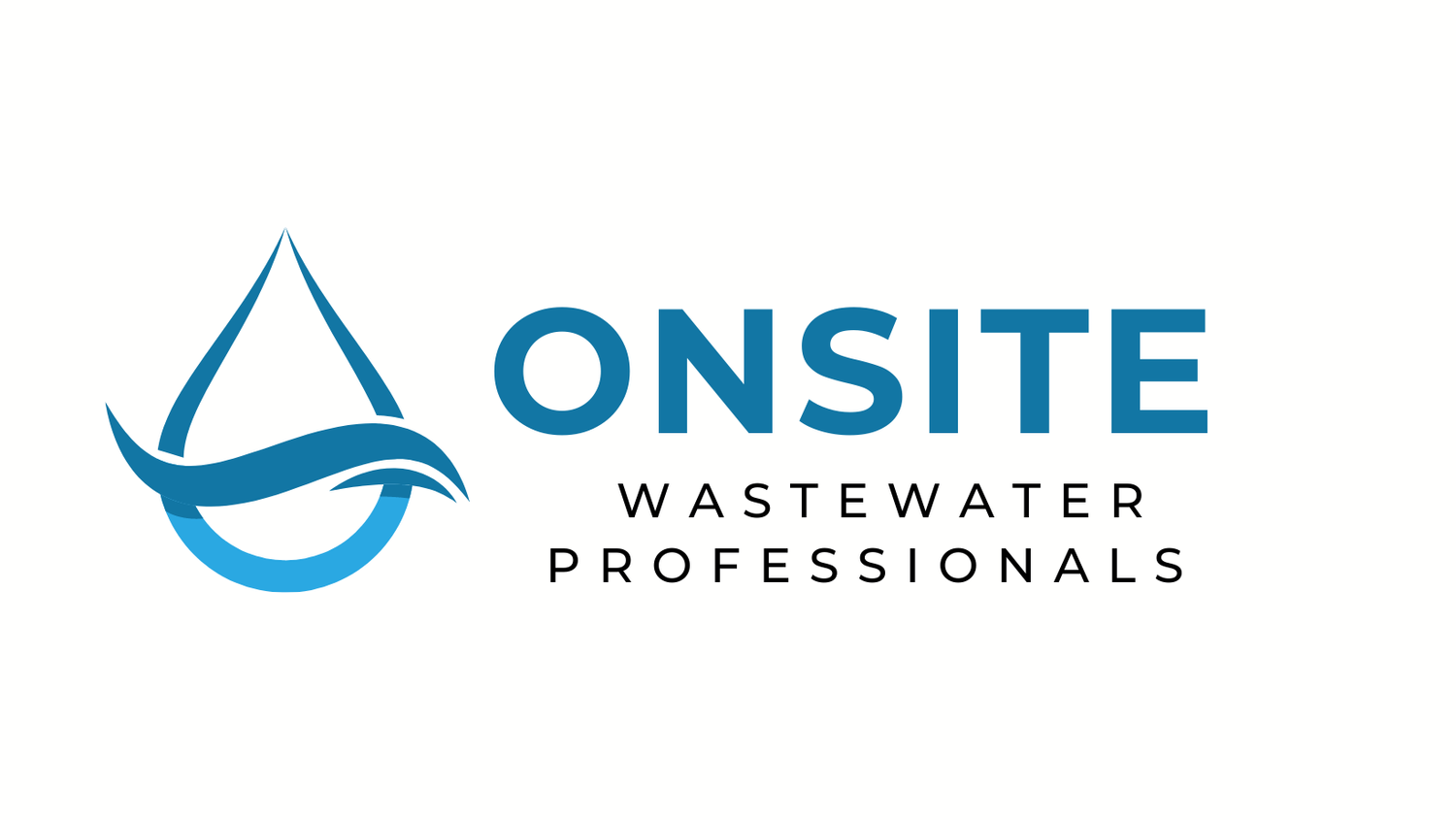Intro to Septic Control Panels
This continuing education class is designed for onsite wastewater professionals who want to gain in-depth knowledge about septic system control panels. The class will provide a comprehensive understanding of the basic functions and purposes of control panels, the various types of control panels available, selection criteria for the right control panel for specific applications, and safety considerations during installation and maintenance.
Agenda
Introduction
Welcome and introductions: Greet participants and provide an opportunity for everyone to introduce themselves.
Overview of the class: Present the class objectives, topics to be covered, and expected outcomes for participants.
Basic Function and Purpose of Control Panels
What is a control panel?: Define a control panel and its role in septic system management.
Why are control panels important?: Explain the significance of control panels in monitoring and controlling septic system operations.
How do control panels work?: Describe the basic functions and operational principles of control panels.
Types of Control Panels
Overview of the different types of control panels: Introduce various control panel designs and their specific applications.
Advantages and disadvantages of each type: Compare the benefits and limitations of different control panel types.
How to select the right control panel for the job: Provide guidelines and factors to consider when choosing the appropriate control panel for a particular septic system.
Safety Component
Best practices for working with electrical components: Discuss safe handling of electrical components to prevent accidents and injuries.
How to avoid common hazards: Identify potential risks and share preventive measures to ensure safety during control panel installation and maintenance.
Hands-On Demonstration
Overview of the basic components and their function: Explain the purpose and function of each control panel component.
Set up, wiring, installation, and testing: Guide participants through the process of assembling, connecting, installing, and testing a control panel, reinforcing best practices.
Best practices for installation: Share tips and techniques for efficient and effective control panel installation.
Selecting the Best Location
Strategies for selecting the best location for a control panel: Discuss factors to consider when choosing a suitable location for a control panel installation.
Methods for mounting the panel: Explain various mounting techniques to ensure the control panel is compliant, functional, and professionally installed.
Best Practices for Installation
How to properly wire the panel: Provide step-by-step guidance on correct wiring techniques to ensure optimal panel performance.
Testing the panel to ensure that it is functioning correctly: Demonstrate procedures for testing the control panel's functionality and addressing any issues.
Conclusion
Recap of key takeaways: Summarize the main points and lessons learned throughout the class.
Q&A session: Allow participants to ask questions and seek clarifications on any topic covered in the class

